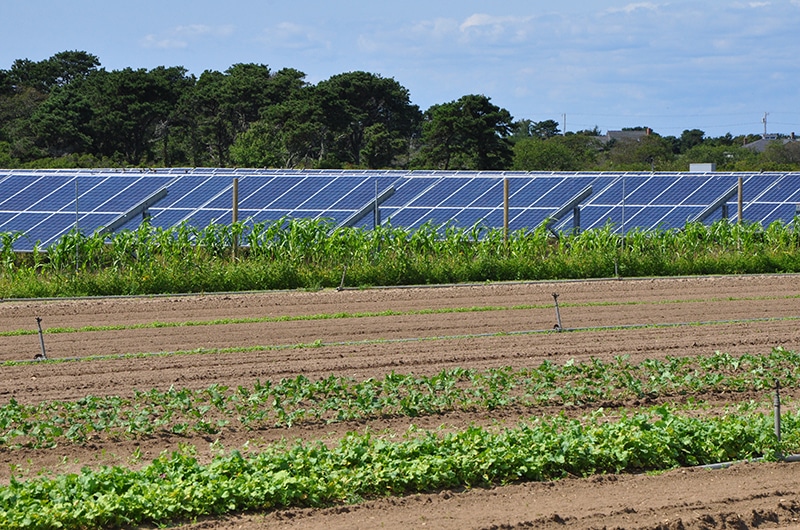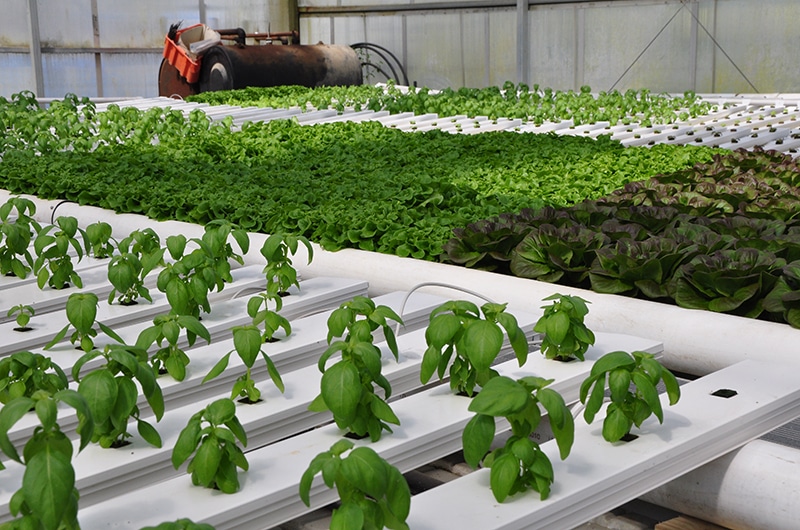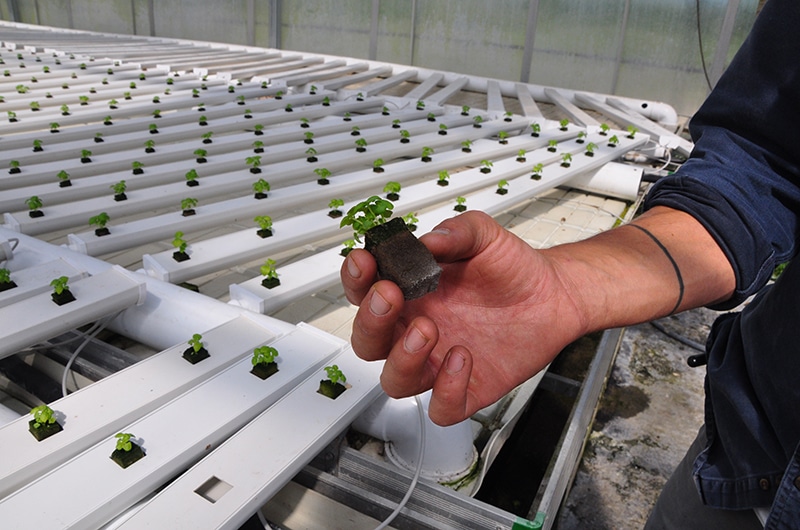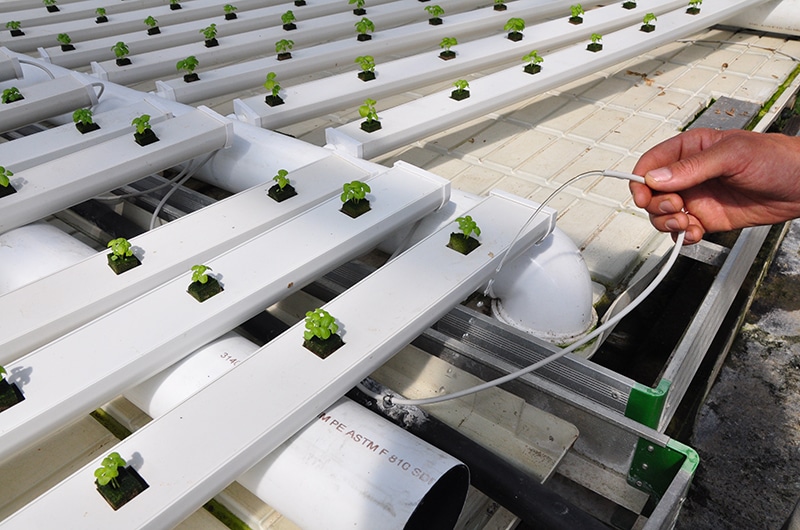by Sanibel Chai

When asked whether he considered other forms of alternative energy before going with solar power, John mentions a difficult experience with wind power. The farm had a windmill that ran on and off for three years between 2008- 2011, but John ended up deciding “to try something closer to the ground that had less moving parts.” Also factoring into the selection of solar power is its prevalence. A less common technology John explains are digesters, which convert waste into energy. He says digesters are not as prevalent as technologies like wind and solar power, but that in theory the digester at the landfill could actually be used to make power. John explains that if it were set up differently, the digester could extract methane from the digestion process and with that methane, run a turbine or heat water. He reiterates, “But again none are as commercially available [as solar power] and they are a lot more specialized in terms of finding parts or doing maintenance.”
To install the solar array, John has worked with the company Dynamic Energy, which is based in Pennsylvania and has done work throughout the Northeast. The lengthy installation process began in late February 2017 and the solar array was online as of July 5. The solar array occupies an area near the farm stand. John says this location was chosen because it is close to the store (which uses the most energy of all on the farm) and because it is not as visible as some of the other locations they were considering.

Installing the solar array was more than a business decision, “We did it because we are large power users and anything that we can do to reduce that cost and to be more sustainable helps us as business. We also like to try to reduce our carbon footprint and this achieves that as well. It’s a win win for us. It also reduces the need for additional power on Nantucket in general. And so it accomplishes that as well as avoiding having to install another cable from the mainland,” John Bartlett explained.

“While we do market things as organic, we really see it more as just a sustainable practice for our business.” In order to sell produce and call it organic, a farm must be certified by an agency. Though Bartlett’s Farm has been growing using organic methods for many years, it was first certified by Baystate Organics Certifiers five years ago. The agency reviews meticulous records, products used, and processes involved with growing crops before granting the official label “organic certified.” John says, “If the certifier were to come and pull a bunch of thyme off the shelf that we’re calling organic, we have to have proof of origin of that bunch of thyme from seed to finished product.” Bartlett’s Farm has 20 acres of certified organic and 16 acres in transition out of roughly 100 acres total. The transition process takes three years and requires the farm to use organic methods but does not allow farmers to label the crops organic until the three years is complete. Bartlett’s Farm also has one acre of certified organic greenhouses.

Some of the shorter crops are easier to do organically because they’re not in the ground as long so they don’t have the weed pressure that something that’s there for 100 days [is subject to]. Weeds compete with nutrients, with sunlight. They can shade the crop or they’ll steal nutrients from the crop you’re trying to grow, so you’ve got to be able to remove those weeds. Using organic practices you can really only do that by hand or mechanically: you can’t use a chemical…so the longer something is in the ground the more opportunity the weeds have to get bigger and out-compete the target crop you’re trying to grow.”
In 1974, John’s grandfather began experimenting with soil-less mixes, and he has carried on the tradition. Using soil-less mixes in the greenhouse allows the farm to harvest tomatoes in May whereas the field tomatoes are not ready until later in the season. John has been using a coir mix ( ground up coconut husks), peat moss based mixes, and vermiculite. Using soil-less mixes in the greenhouse also allows for flexibility not afforded field crops. While farmers must bend to the soil in a field by rotating crops, in a greenhouse the soil-less mixes can be used for several seasons and then replaced altogether. It is also easier to isolate soil-borne diseases in greenhouse growing.

There is a question of whether hydroponic growing will be labeled organic that is yet to be answered. John explains that it will essentially end up being a bureaucratic decision, but what matters to him is simply whether the process allows him to grow sustainably. Hydroponic growing requires more inputs. “You have to have pumps to circulate the water. Do you use more or less water [than traditional growing]? Certain systems probably use less water …But if you have solar panels to run your hydroponic pumps,” the energy used could offset by the energy produced sustainably.
Organic hydroponics powered by solar: that’s a description that would be almost incomprehensible ten years ago. But today, it’s common parlance. Public engagement with alternative energy bodes well for Nantucket’s future and commercial efforts like the solar array seen at Bartlett’s Farm are promising. The farm’s efforts to grow and harvest sustainably are a conscious decision to limit the drain on the island’s resources.
For more information about Bartlett’s Farm, their solar array, their farmers and growing practices, visit bartlettsfarm.com.


